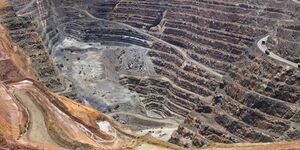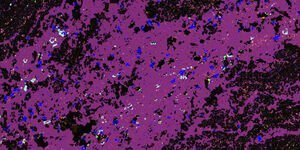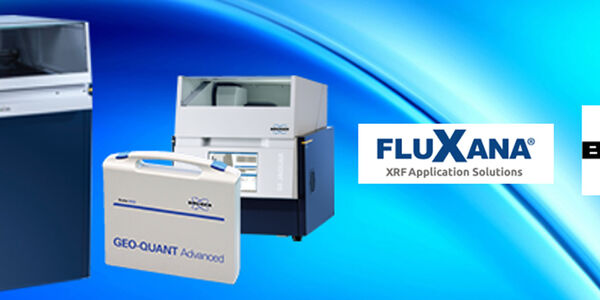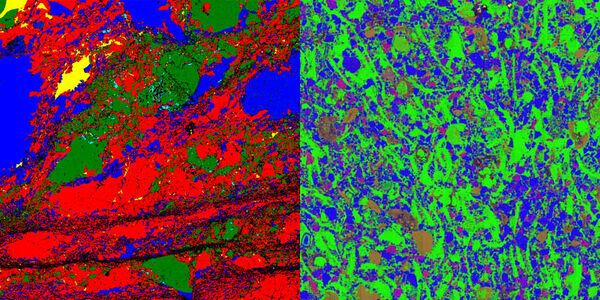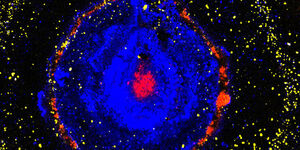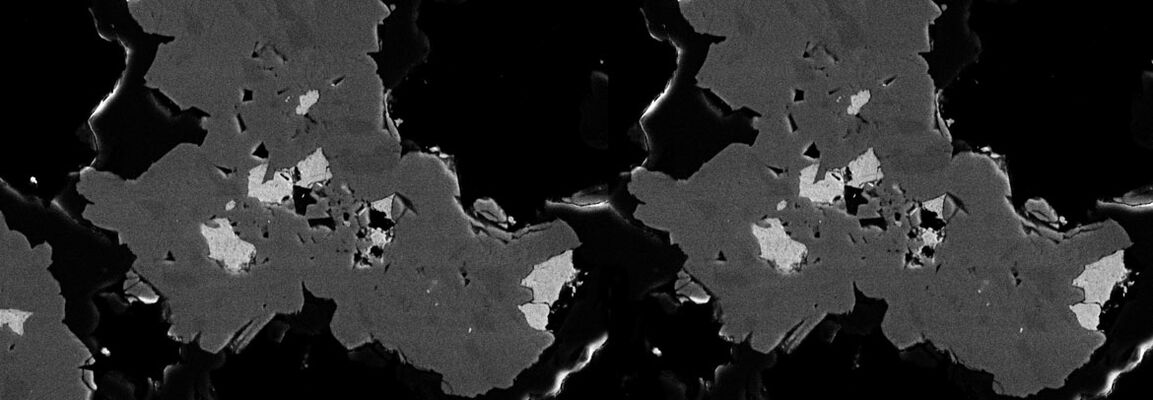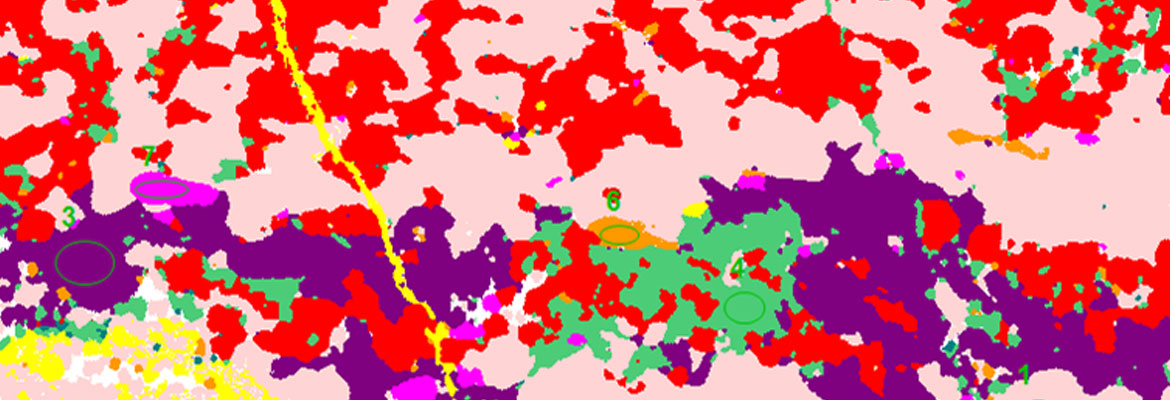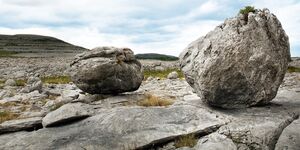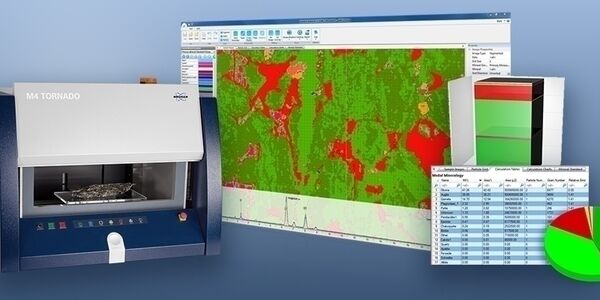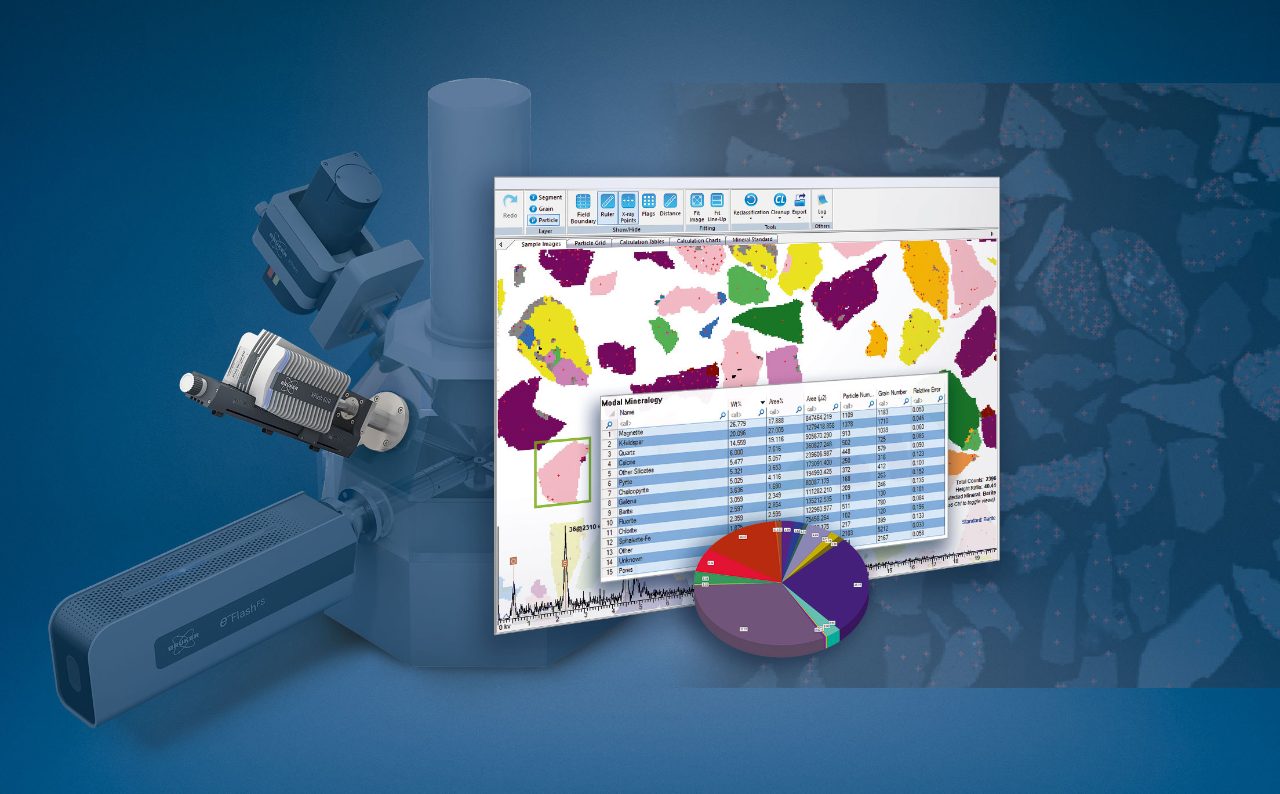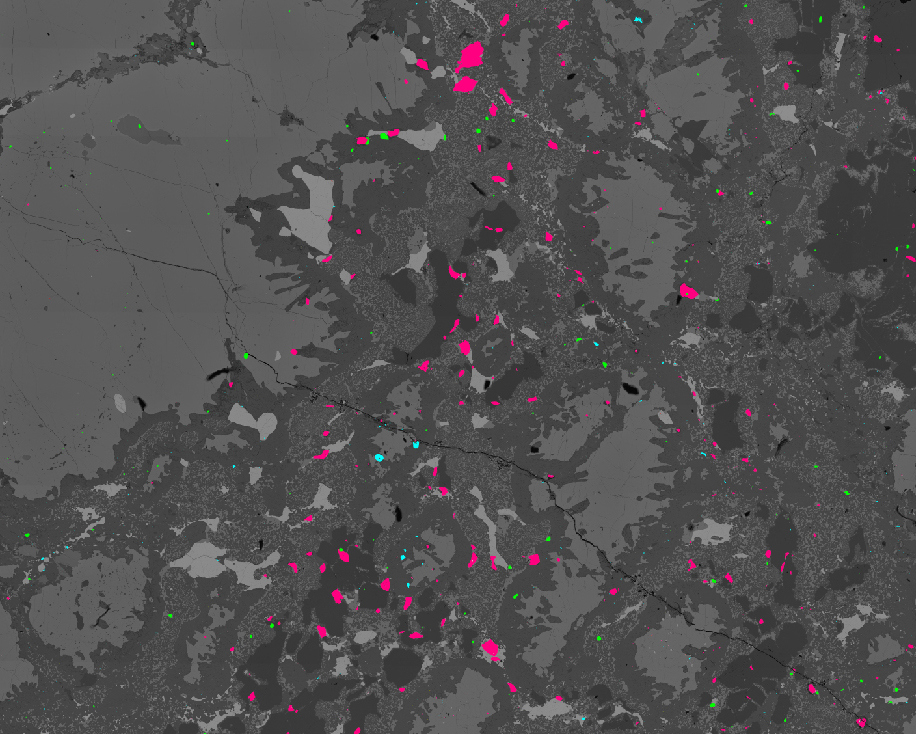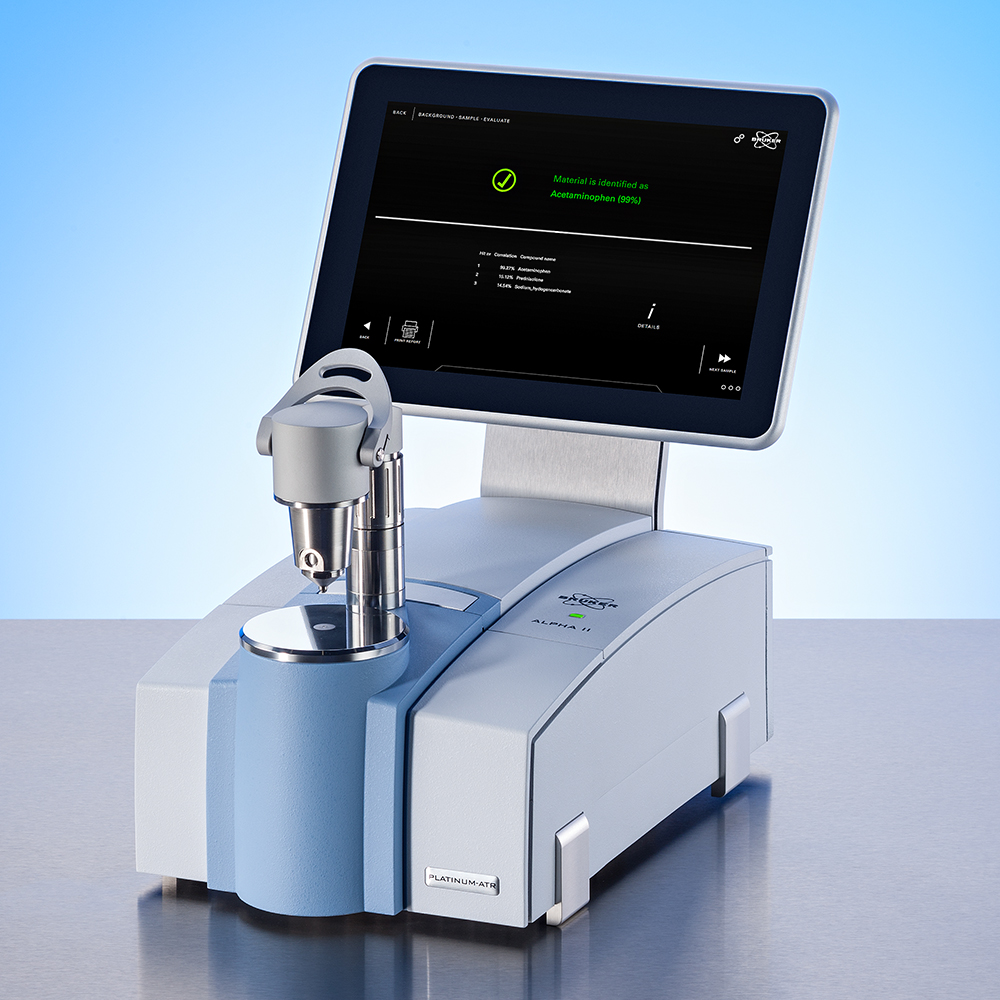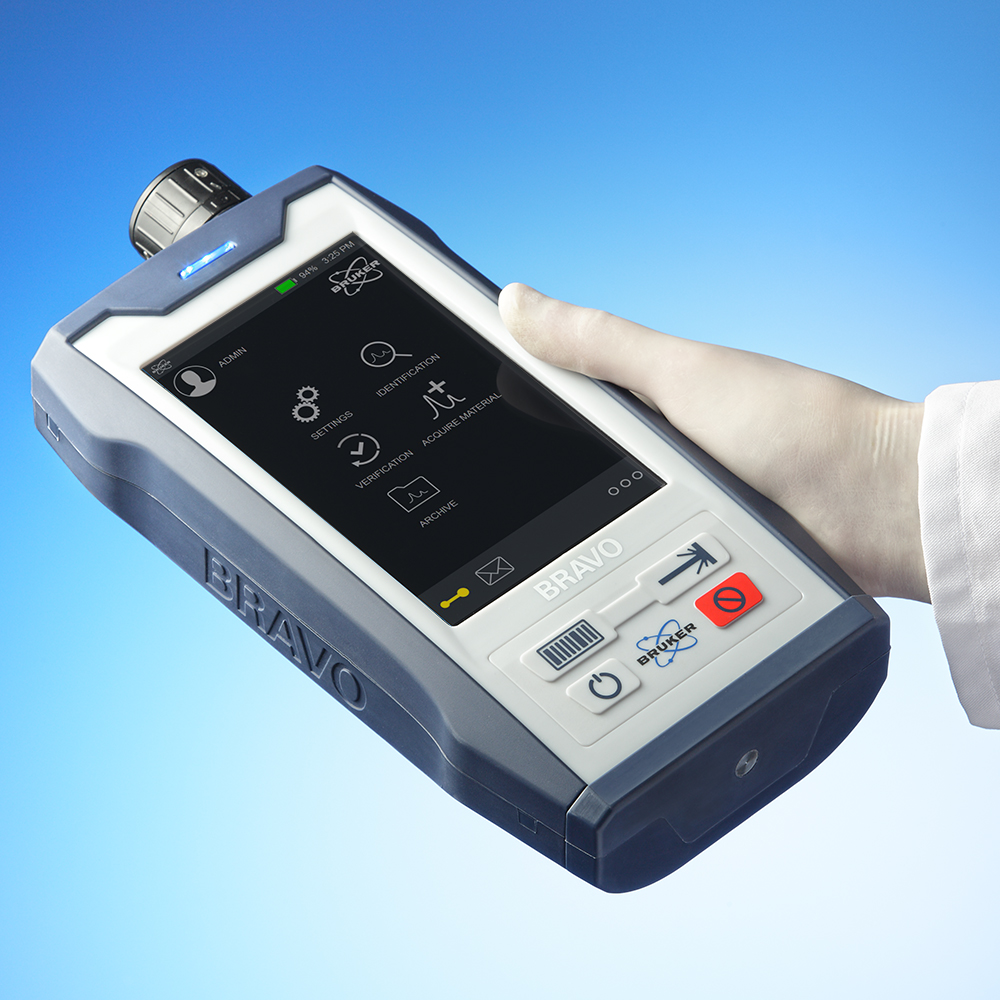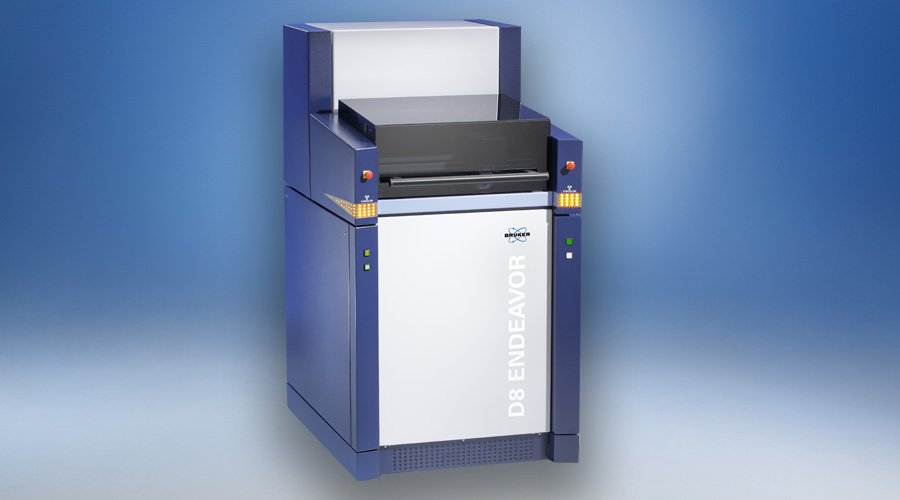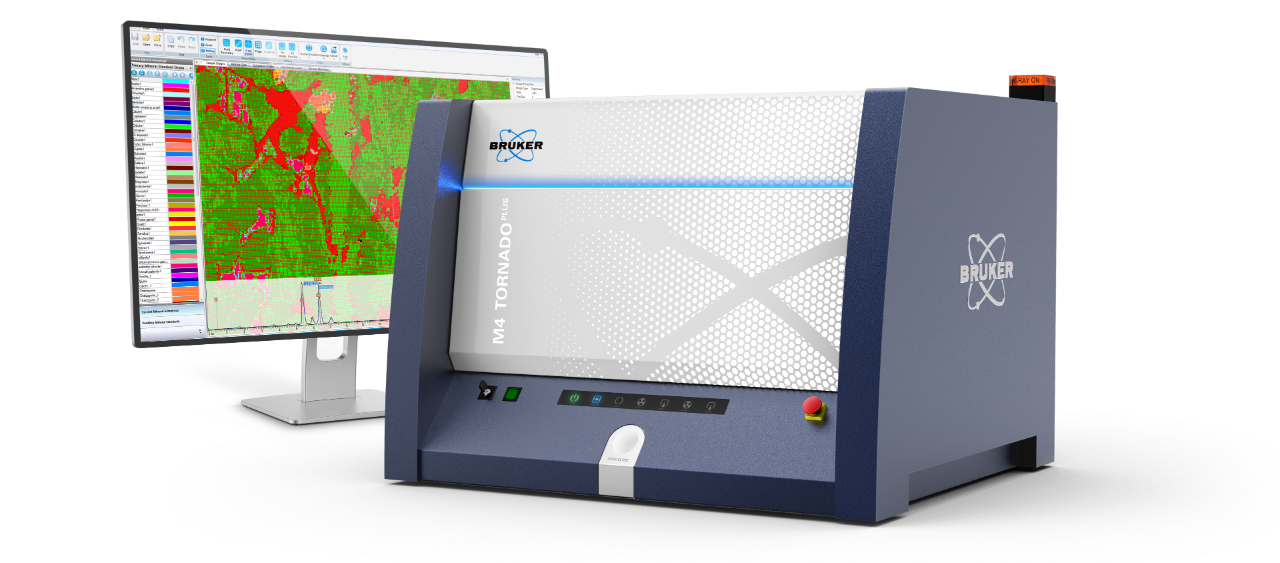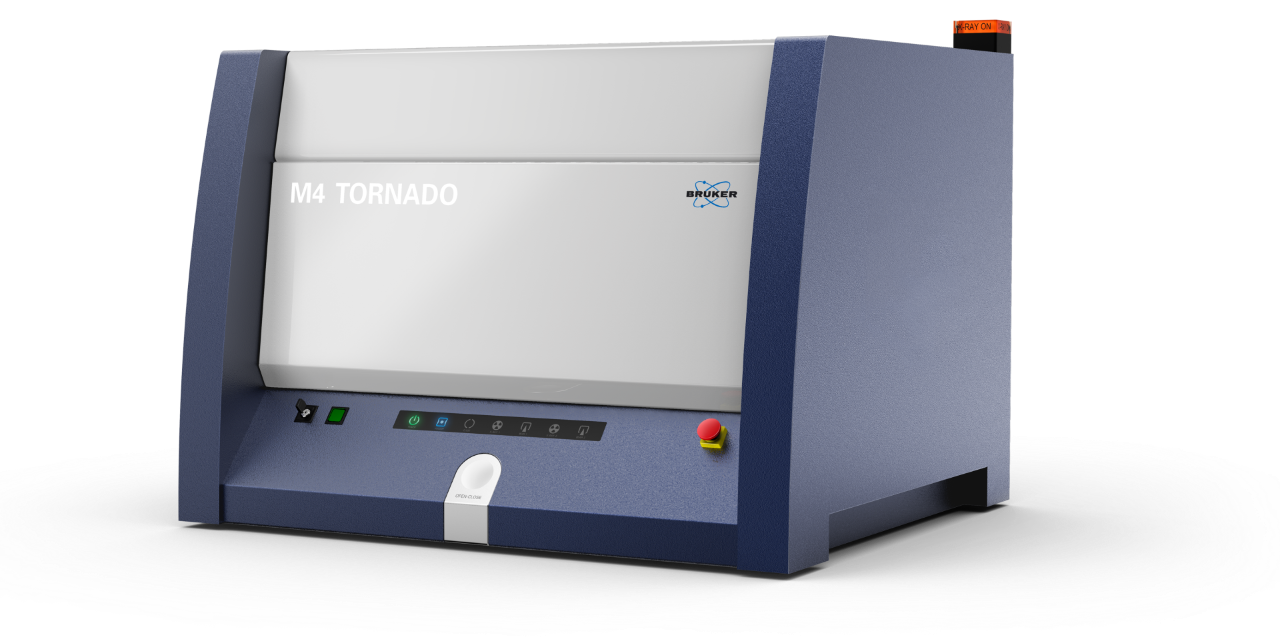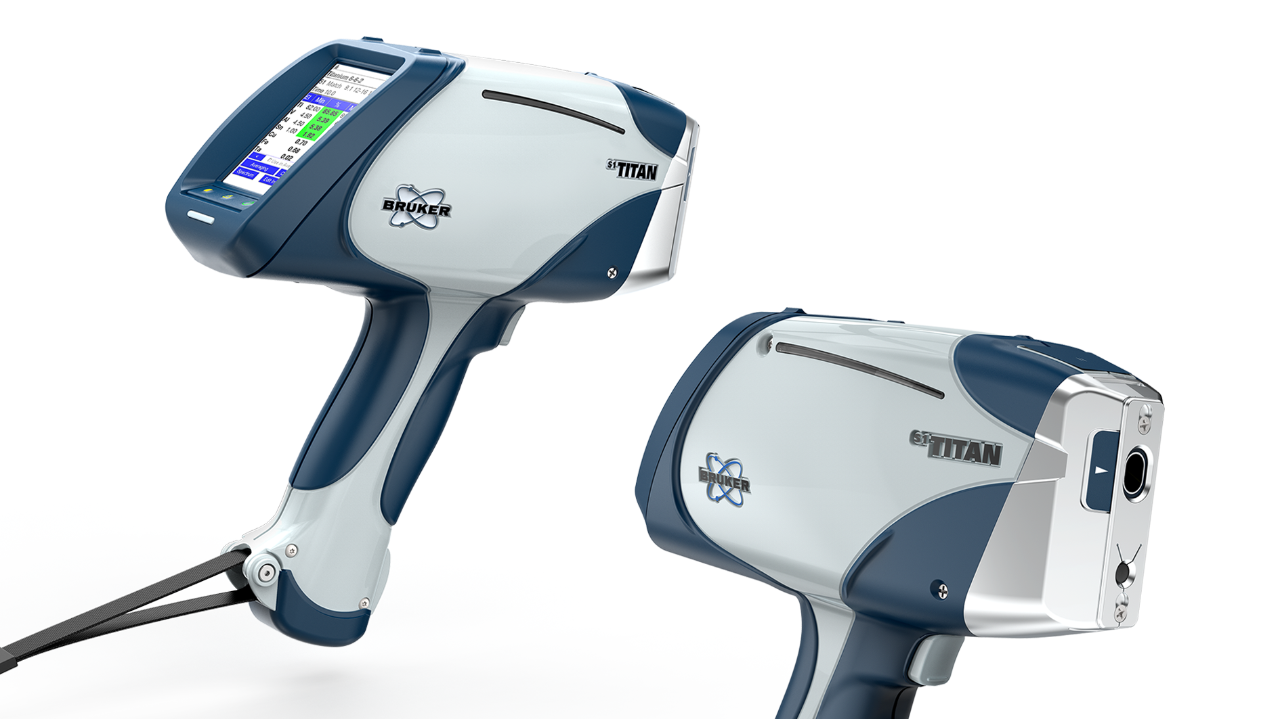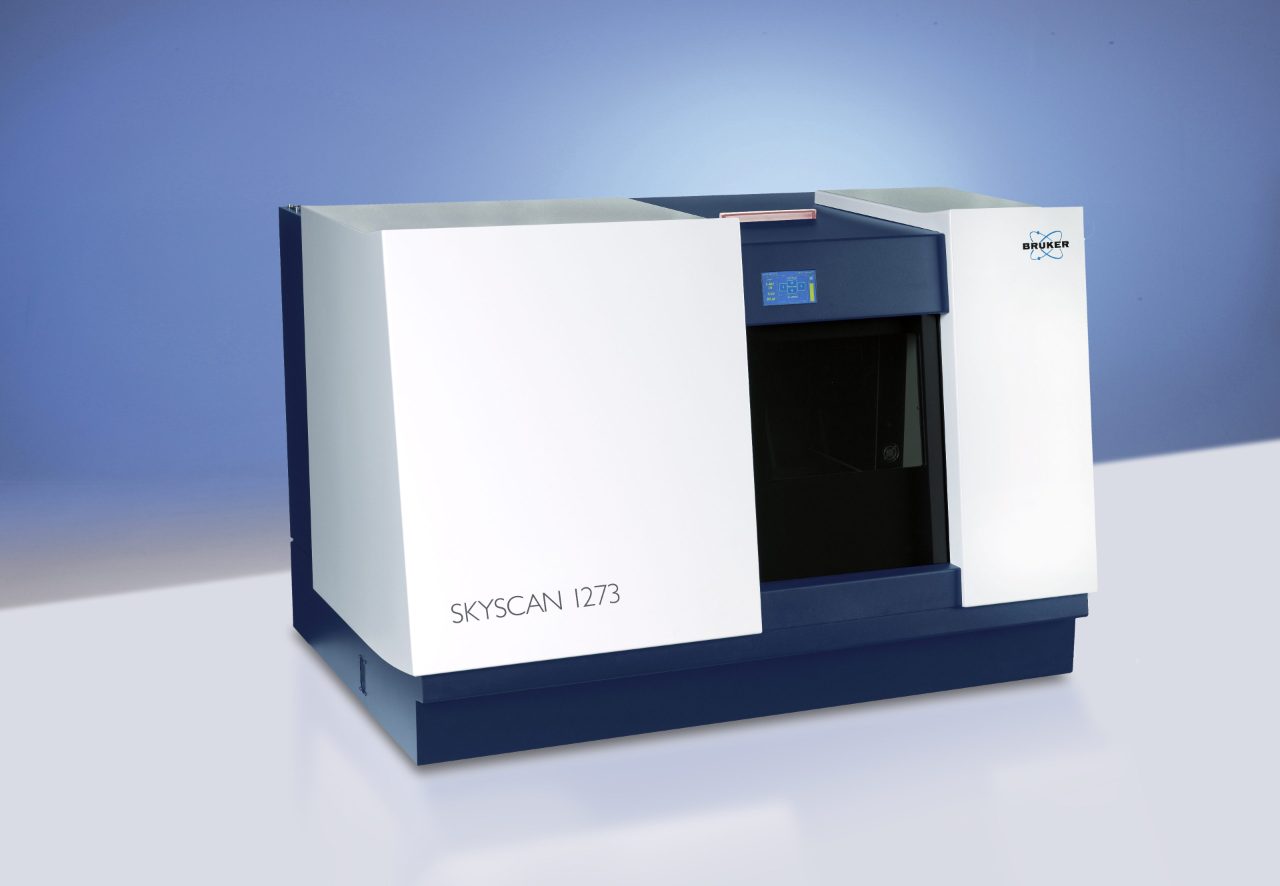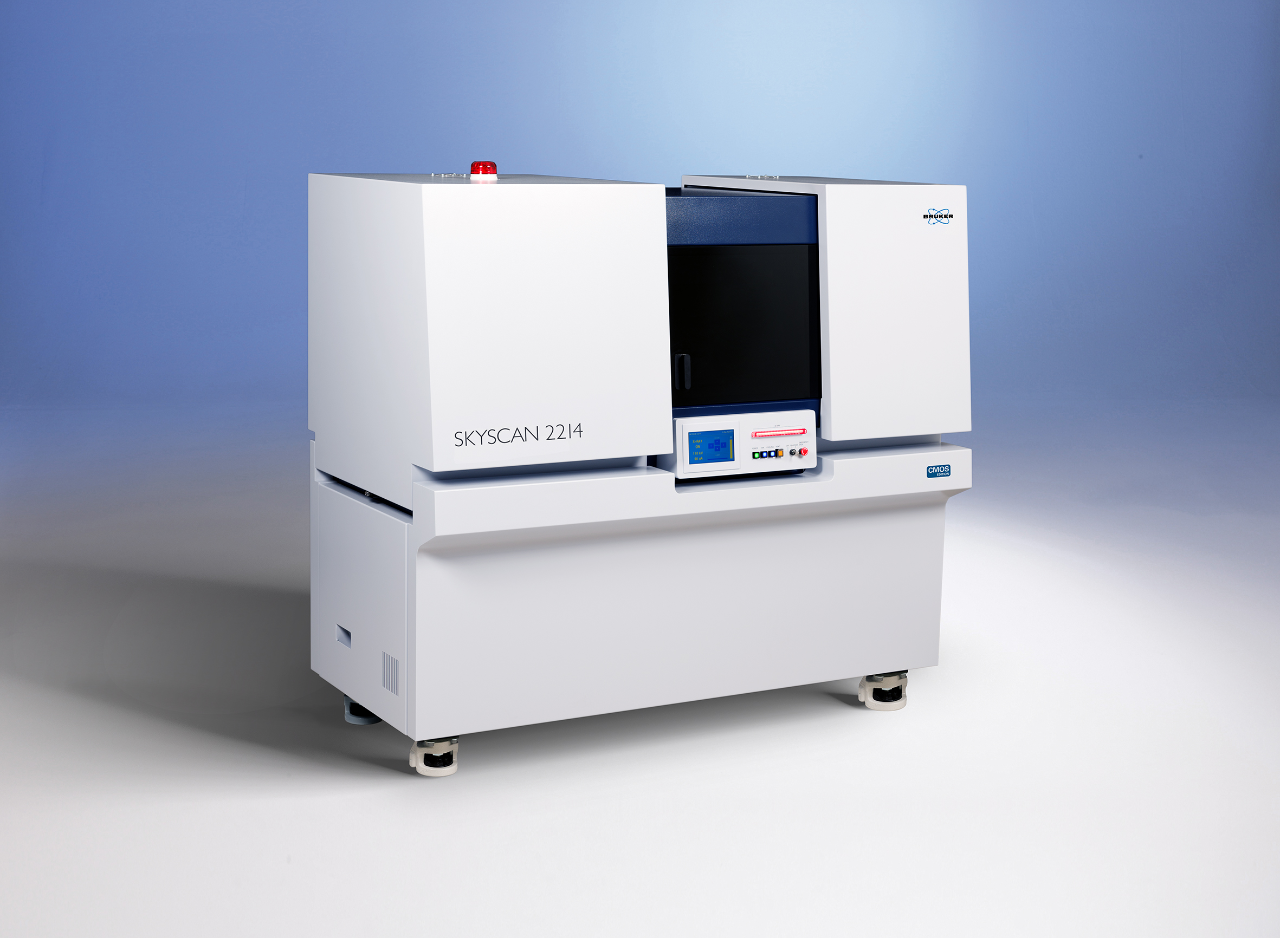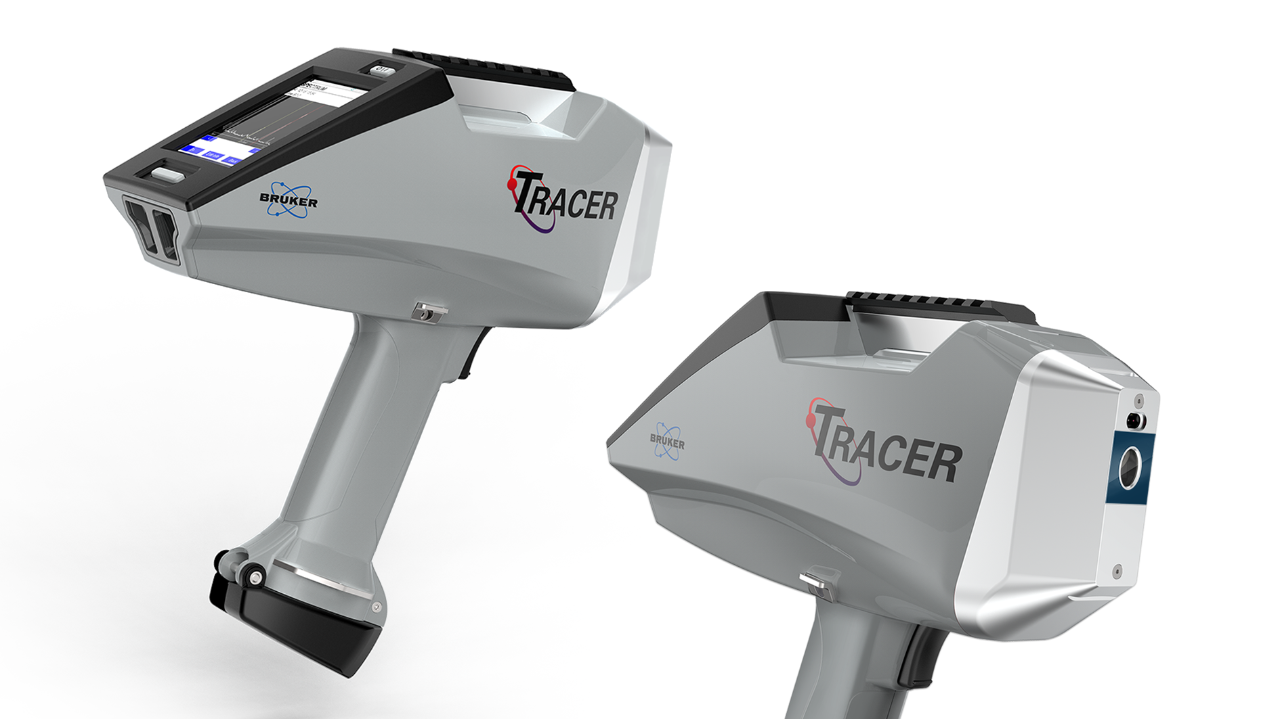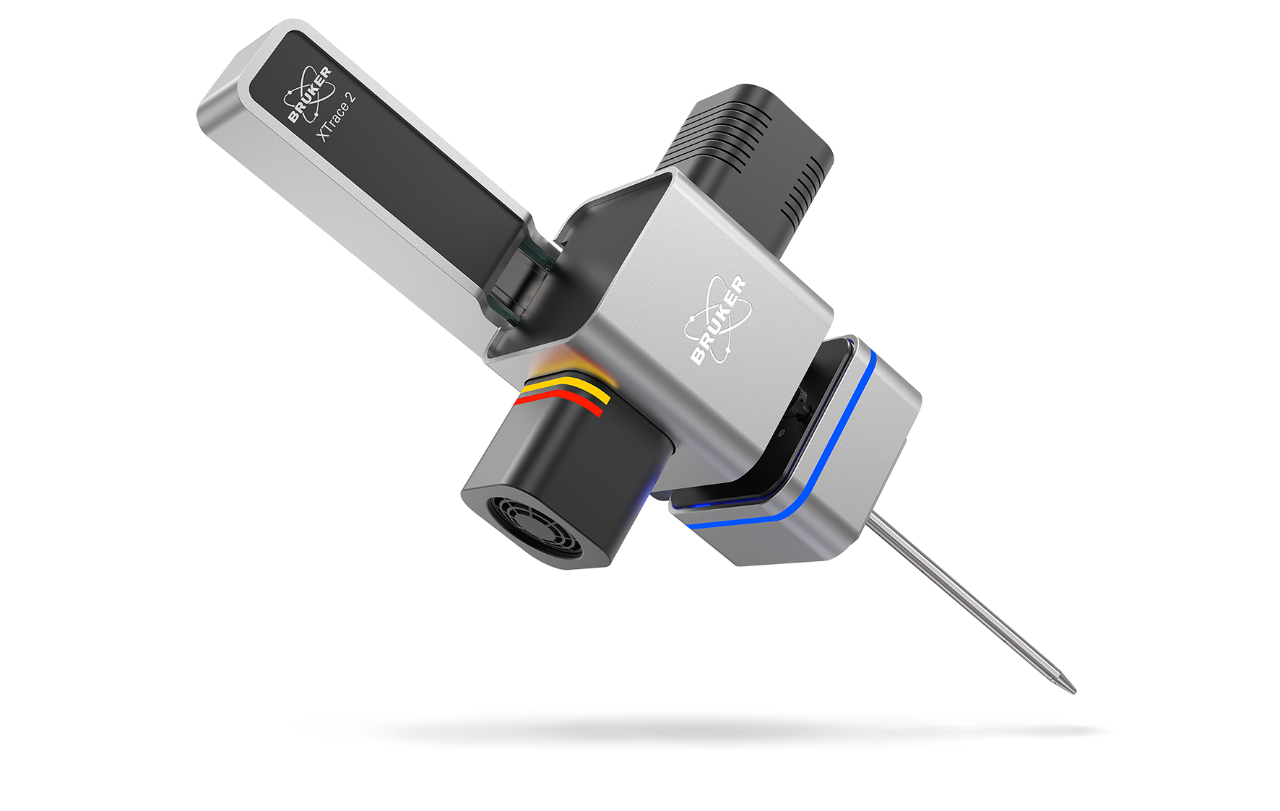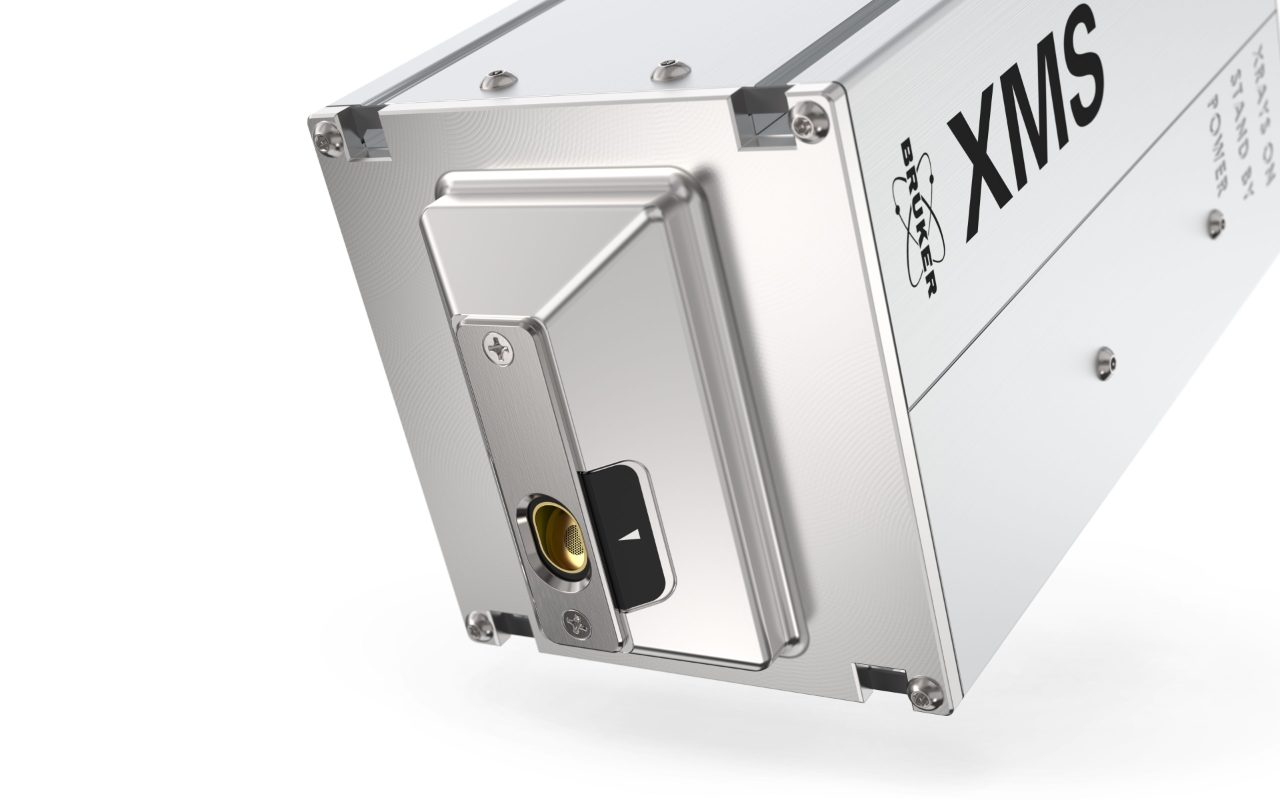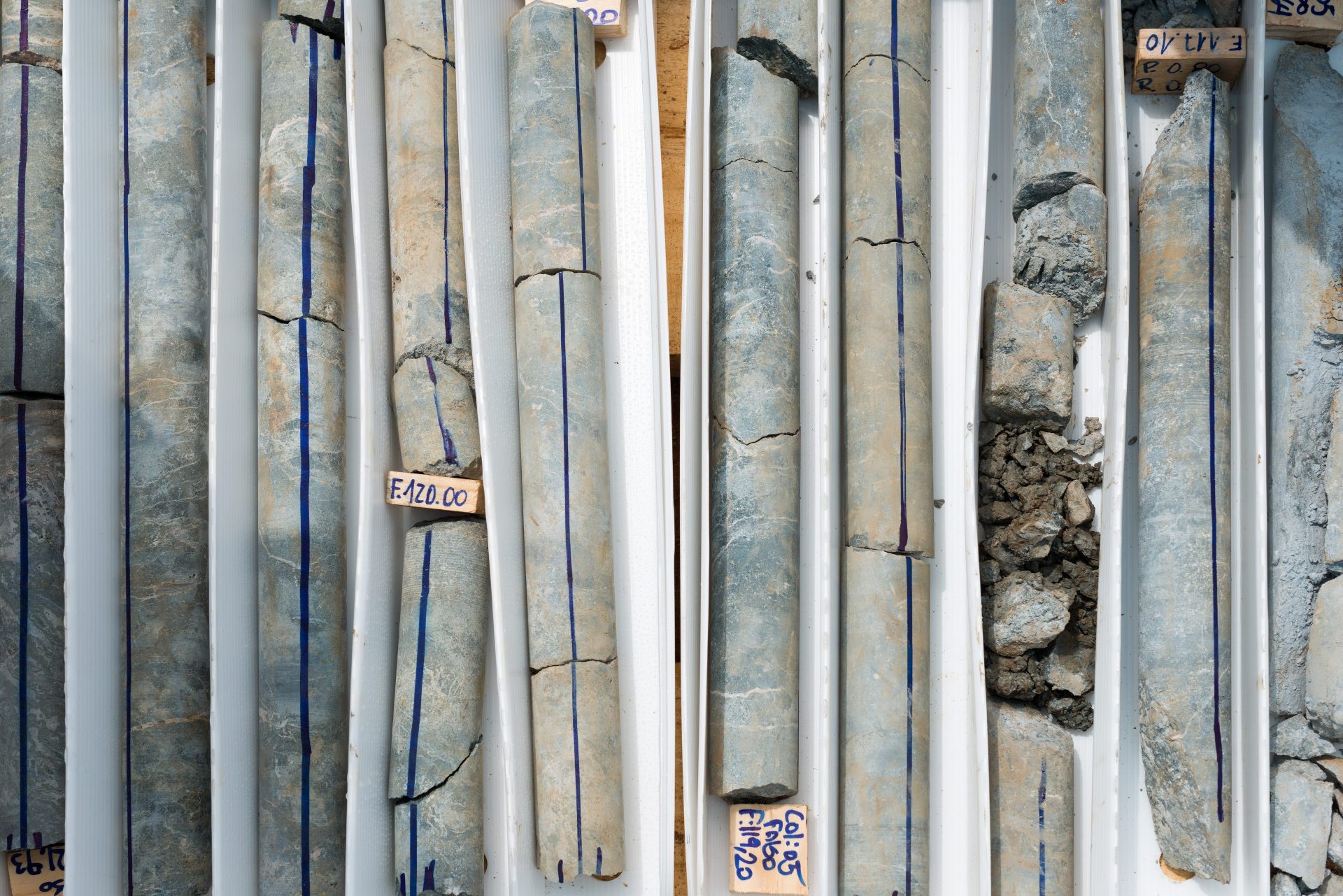

Core Scanning for Mineral Exploration
Core Scanning
Exploration drilling turns the unknown into the known. This “core” activity is perhaps one of the most valuable assets in the mineral exploration workflow. Core extracted during diamond drilling is typically described by skilled geologists and along with geotechnical characterization is subjected to additional geochemical and mineral analysis.
Bruker is pioneering new technologies and methods to extract more useful and scalable information from core, aiding geologists on the ground and in the exploration office. As a critical link to the subsurface, core analysis is the best opportunity to characterize the products of mineralization and alteration, from the ore body scale to the sub-grain scale, allowing development of refined ore system process models. Non-destructive and minimally destructive tools can characterize elemental concentration, mineralogy, and texture to construct 3D subsurface deposit models and constrain predictive exploration strategies.
Non-destructive Continuous Core Analysis for Minerals and Elements
Non-destructive elemental and mineral logging of core provides objective high-resolution analytical data to identify sweet spots, mineralization, and alteration. Bruker portable and handheld analyzers are used to collect depth-registered geochemical and mineralogic data in the field or the core shack. The high-resolution nature of this data means that even small prospective zones of mineralization or alteration can be identified without dilution, improving distal identification of ore systems. Field collection of data provides near-instantaneous geochemistry that can be used for:
- Objective and quick identification of minerals and mineral associations
- Identifying trends in primary target and indicator elements
- Delineating target zones based on mineralization or alteration
- Geochemical referencing of core improving correlation to other holes
- Real-time directing of drilling programs, optimizing drill hole placement and reducing the number of holes required to find and fully characterize a deposit
- High-resolution preliminary grade identification, reducing the number of barren of samples sent to the assay lab
On-Site, Automated Rock Core Scanning using XRF Analysis
XRF analysis allows for the determination of rock cores elemental composition. The ability to carry out XRF-based rock core analysis at sites of interest enables mineral exploration assays to be performed without having to transport heavy samples to a different analysis site. As the analysis can be done automatically a quick and thorough assay of all samples is possible with reduced personnel workload and analysis time.
The XMS from Bruker is lightweight, portable and has a ruggedized design allowing it to be easily integrated inside automated measurement systems and to be deployed in remote locations. Thanks to the system’s specially designed nose it can be installed for the direct scanning of rock core samples as they sit in their rock boxes.
Point measurements taken across the rock cores can be used to identify each core’s elemental composition. This information can either be used to determine if a site contains minerals of value or interest, or to identify cores with interesting compositions, which can then be further analyzed using an in-depth x-ray analysis technique, such as micro-XRF.
Micro-XRF for Fast Visual Elemental and Mineral Mapping of Drill Cores
Visualization of the spatial distribution of major, minor and trace elements in core feeds an understanding of the processes of mineralization and alteration. Micro-XRF provides large-sample geochemical mapping at resolutions less than <20µm that can contextualize features within a geologic process framework. The addition of automated mineralogy to micro-XRF is an emerging field that promises to add the new dimension of rapid and repeatable petrologic characterization. For core analysis Bruker’s M4 TORNADO series of instruments can be set for rapid data collection on-site or in the core shack:
- Rapid-scanning of sample material of minimally prepared surfaces, no need for sample coating or polishing
- Enables a data-based approach to selecting sampling locations for methods requiring more costly sample preparation
- Quick-look assessment of mineralization and alteration to constrain ongoing near-real time iteration of conceptual exploration models
- Provide “ground truth” and complementary data to hyperspectral technology by measuring elemental concentrations at comparable scales
Large-Scale Compositional Mapping of Drill Cores and Geological Samples
Geology happens over a large scale. Small inclusions and thin veins can be measured to determine a rock's scientific value or which mining-relevant elements are present. It is however the bigger picture of gradual changes in minerology over meters, if not kilometers, that tells the tale of the rock’s formation and geological history.
Differences in the elemental composition of drill cores and other geological samples can be used to determine information about a samples value, geological history and the processes by which it was formed.
Elemental mapping allows for the identification of different types of minerals within a sample as well as the location and measurement of phenomena such as veins, which can be used to establish the sample's value and the different geological conditions that the sample experienced over its lifetime.
Micro-XRF allows for the high-resolution elemental mapping of drill cores and geological samples. The use of the M6 JETSTREAM, which has a sampling area of 800 x 600 mm², facilitates the non-destructive analysis of many pieces of drill cores at once or for the full scanning of large samples - allowing geologists to access rich information about a samples composition or history without having to destroy or damage it.
The following Lab Report describes the use of the M6 JETSTREAM for the compositional analysis of a large granite sample from the Vredefort Dome, a 300km wide impact crater in South Africa.
Mineral and Textural Characterization by Microanalysis and Automated Mineralogy
Many mineralization processes leave a record at the micron scale. Scanning electron microscopy (SEM) characterization is the most accurate method available to visualize and analyze processes at this scale. Bruker’s automated mineralogy and large area elemental mapping solutions by automated EDS X-ray mapping with backscatter election (BSE) imaging, provides detailed analysis at resolutions down to ~1 µm. Click here to learn more about rock characterization for exploration with microanalysis.
Three-dimensional Mineral Relationships with High-Resolution 3D X-ray Microscopy
Traditional mineral analysis of rocks views a 3D world in 2D. Analysis of thin sections and core slabs in optical microscopes, SEMs and micro-XRF all require extrapolation from a single plane to understand a 3D object. High-resolution 3D X-ray Microscopy studies on core allow for non-destructive observations of the third dimension. Bruker’s SKYSCAN series of X-ray microscopes works with other methods to produce detailed information on the shape, size and inter-relationships of geologic features. When combined with automated mineralogy from SEM or micro-XRF the possibility opens to develop fully comprehensive models of ore distribution at the micron-scale, better defining mineralization processes and predict comminution and other processing behaviors.
Publications Related to Core Scanning for Mineral Exploration
- 2019 - IEEE Journal of Selected Topics in Applied Earth Observations and Remote Sensing: A Machine Learning Framework for Drill-Core Mineral Mapping Using Hyperspectral and High-Resolution Mineralogical Data Fusion
- 2018 - Minerals: (Open Access) The Influence of Spectral Interferences on Critical Element Determination with Portable X-Ray Fluorescence (pXRF)
